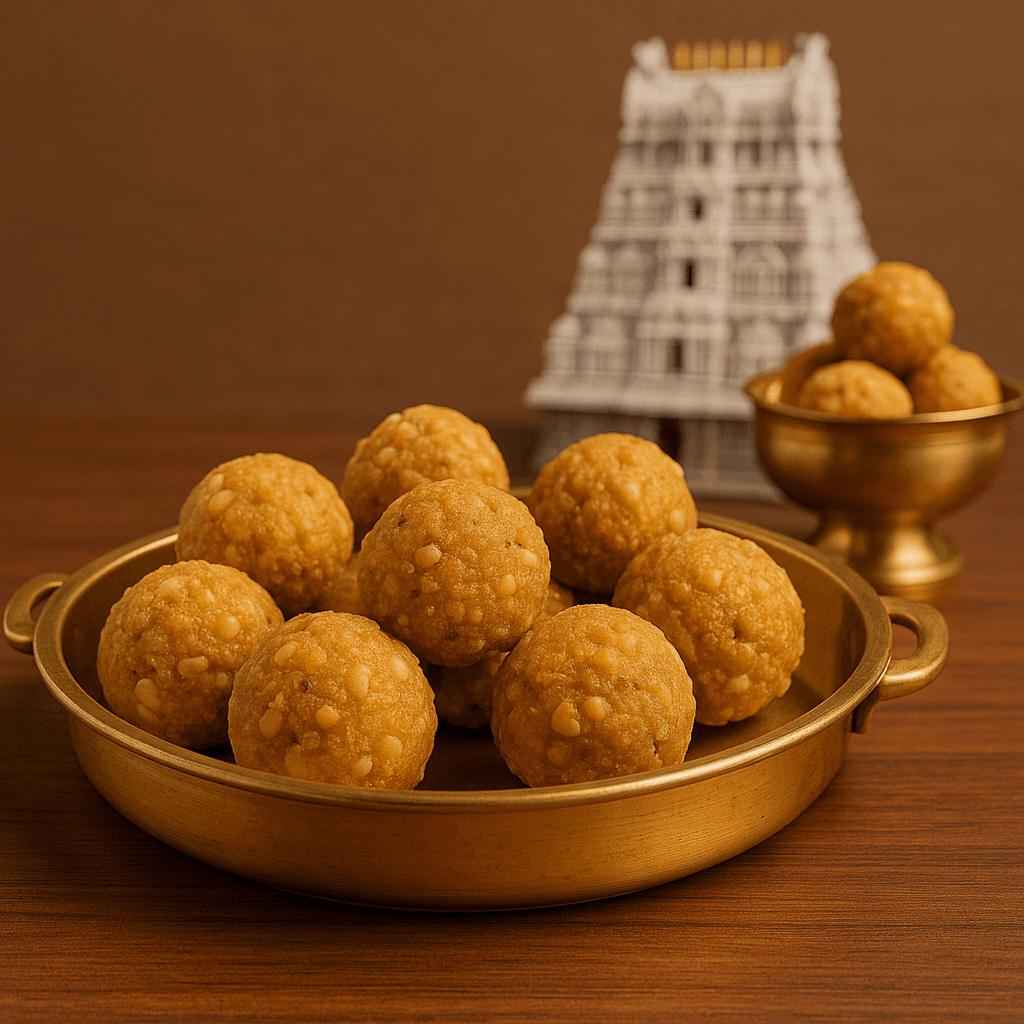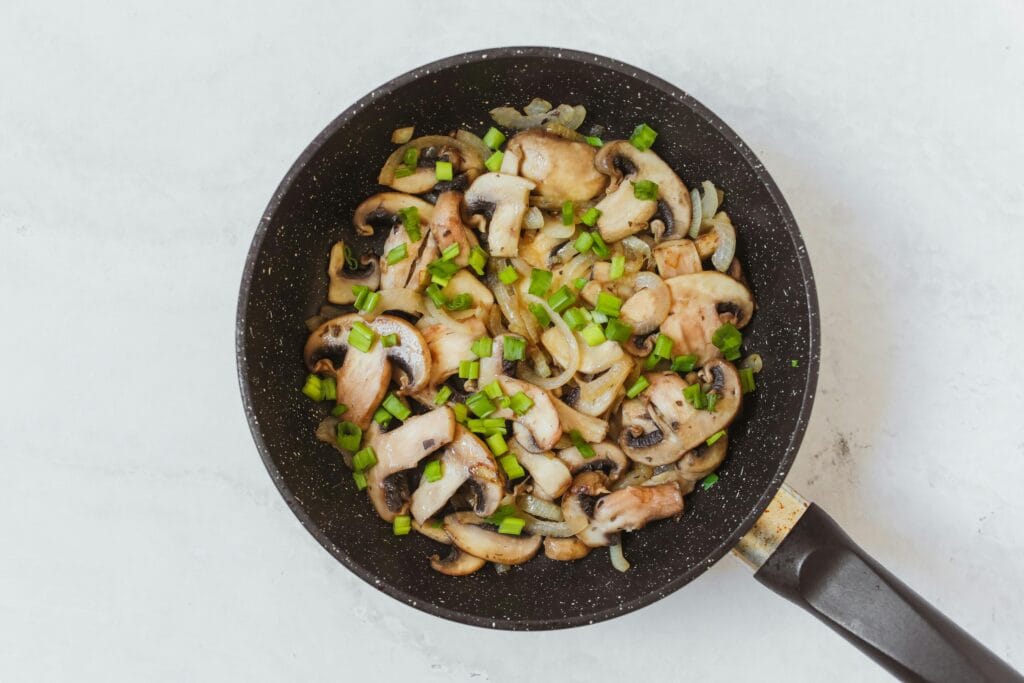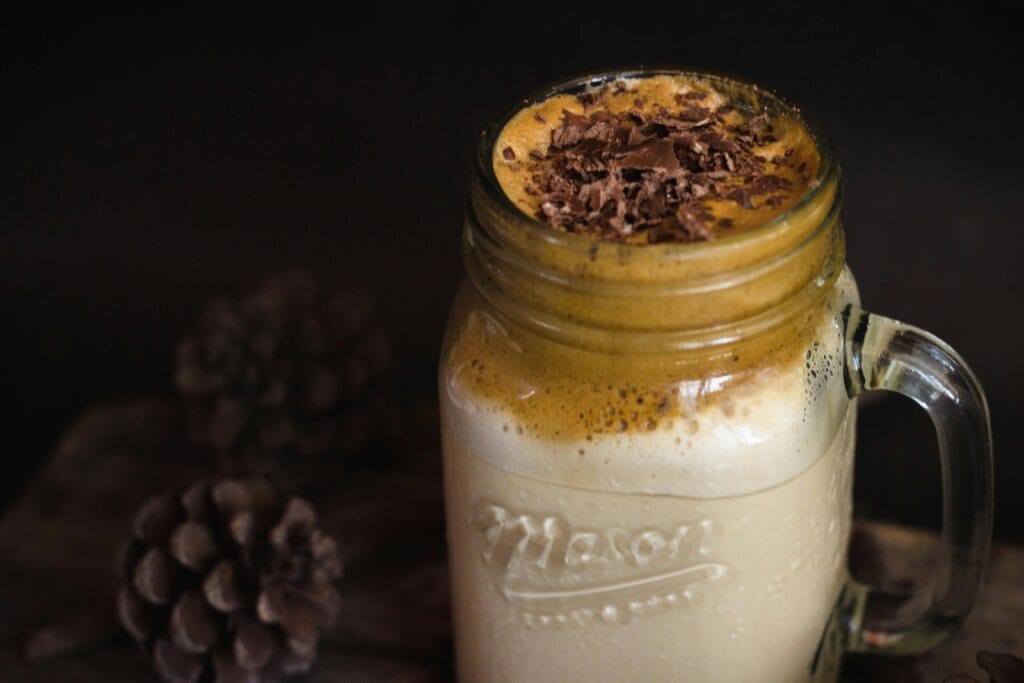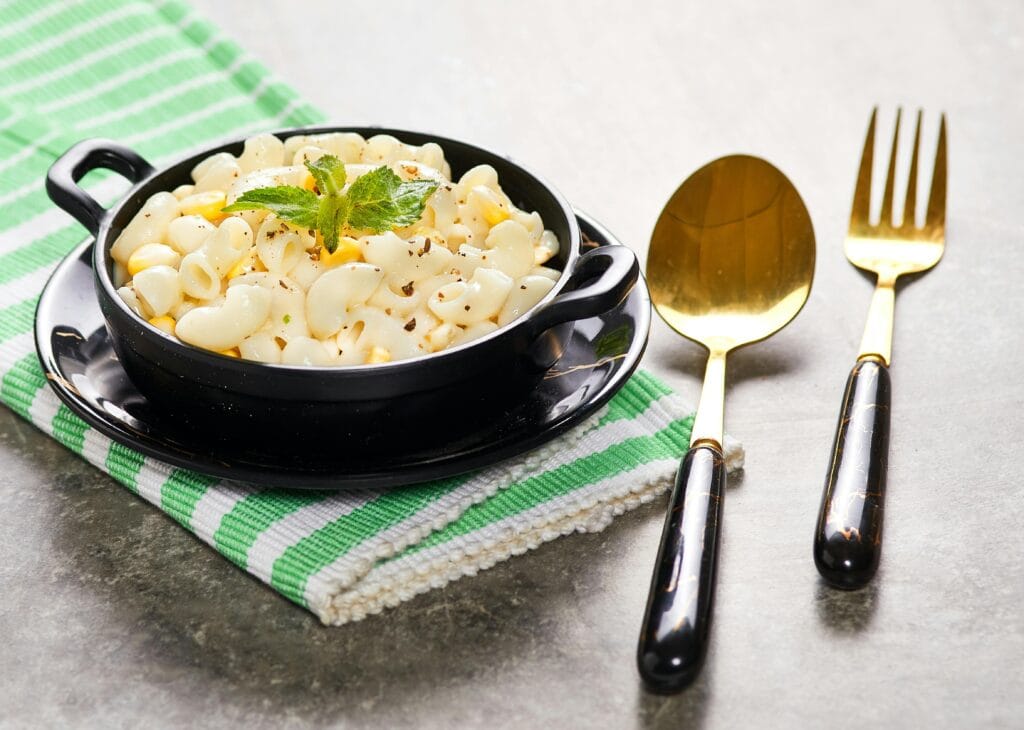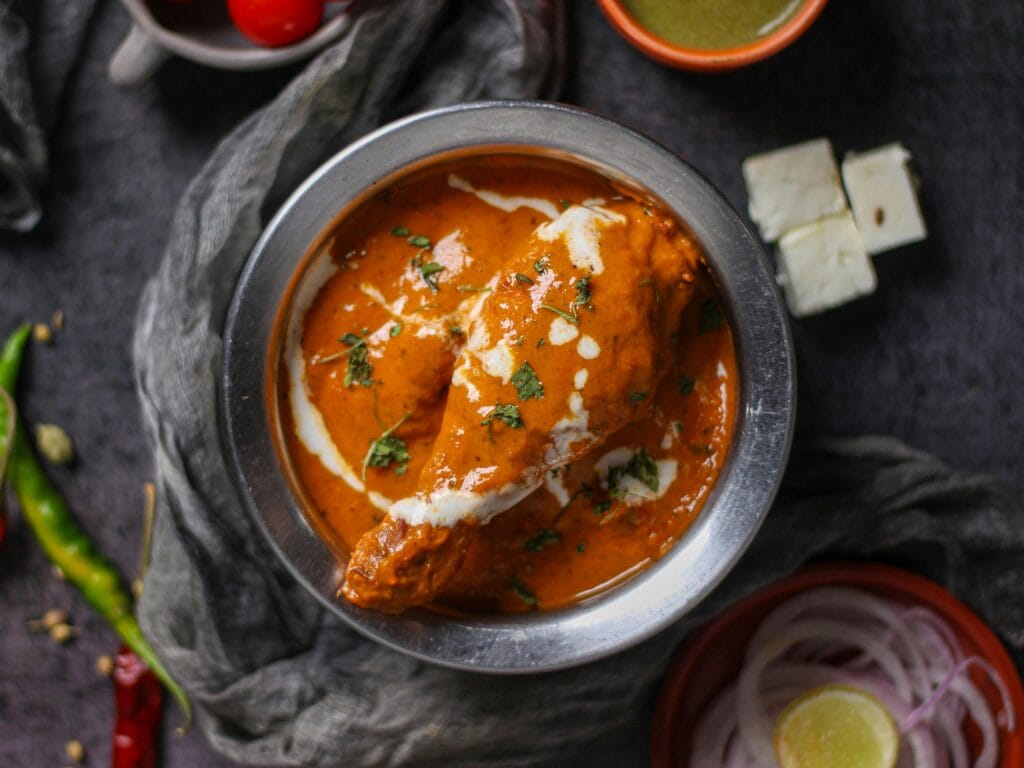🍛 Introduction: A Nation on a Plate
India isn’t just a country—it’s a culinary civilization. From the snow-covered temples of Uttarakhand to the palm-lined backwaters of Kerala, food is not only sustenance but culture, language, ritual, and memory. Nowhere is this more beautifully visible than in the Indian thali—a diverse, regionally unique platter that encapsulates the identity of a land, its seasons, and its people.
Each thali tells a story: of soil, spice, gods, and generations. And when paired with sacred food traditions like prasadam and langar, Indian cuisine becomes a living document of regional and spiritual identity.
🛕 1. Temples and Sacred Food: A Spiritual Connection
In India, food is not just cooked—it’s consecrated. Many of the country’s most iconic dishes originate in temples, where food becomes an offering (prasadam) to the divine before being shared with devotees.
South India: Tirupati’s Laddu Legacy
The Tirupati Balaji Temple in Andhra Pradesh is home to the world’s most famous prasadam—Tirupati Laddu. Cooked with ghee, sugar, and flour in massive quantities, it represents sweetness and prosperity. The recipe is protected under GI (Geographical Indication) rights, showing how sacred food is intertwined with regional pride.
Odisha: Jagannath Temple’s Mahaprasad
Here, 56 dishes (called Chhappan Bhog) are cooked daily without onion or garlic, using age-old techniques in clay pots. The offering represents ritual purity and community harmony, as thousands eat the food together in the temple precinct.
Punjab: The Golden Temple Langar
The langar at Amritsar’s Golden Temple serves free vegetarian meals to over 50,000 people a day, regardless of religion, caste, or background. It’s not just food—it’s egalitarianism on a plate.
🥘 2. The Thali: More Than Just a Meal
A thali isn’t simply a collection of dishes—it’s an expression of regional life. Each element, from the grains used to the pickles offered, reflects geography, climate, cultural practices, and even historical trade routes.
Let’s journey through a few iconic Indian thalis:
🍚 South Indian Thali: Simplicity Meets Sambar
-
Core items: Steamed rice, sambar, rasam, curd, poriyal (veg stir-fry), papadam
-
Accompaniments: Banana chips, coconut chutney, payasam
-
Cultural traits: Eaten on banana leaves, representing eco-sustainability and ritual respect.
South Indian thalis follow Ayurvedic balance, with cooling curds, spicy rasam, and cleansing tamarind flavors—a climate response to the region’s tropical heat.
🫓 Gujarati Thali: A Symphony of Sweet and Savory
-
Core items: Rotli (flatbread), dal, rice, undhiyu (mixed veg), khichdi
-
Accompaniments: Farsan (snacks), pickles, chutneys, sweets (like shrikhand)
A Gujarati thali mirrors the vegetarian Jain influence and often features a sweet component in every dish, not just desserts.
🍛 Rajasthani Thali: Desert Innovation
-
Core items: Dal baati churma, gatte ki sabzi, bajra roti
-
Accompaniments: Garlic chutney, papad, pickles, chaas (buttermilk)
In a desert state with scarce water and vegetables, Rajasthani cuisine evolved to use dry lentils, spices, and grains, preserved with oil and salt. It’s a survival story turned flavor bomb.
🐟 Bengali Thali: Rivers and Rituals
-
Core items: Steamed rice, shorshe ilish (mustard hilsa), shukto (bitter veg medley), daal
-
Accompaniments: Aamer chutney, mishti doi, papad
Bengal’s thali is a testament to river culture, where fish is both sacred and staple. The meal begins with a bitter dish (shukto) and ends with sweets—representing life’s emotional arc.
🧂 3. Spice as Identity: A Regional Signature
India’s spice profile varies as much as its language. In fact, one could guess a person’s hometown by their masala.
-
Kashmiri cuisine uses fennel, dry ginger, and saffron—subtle, aromatic, warming.
-
Kerala leans on black pepper, curry leaves, and coconut oil—a reflection of the spice trade era.
-
Bengal uses mustard seeds and mustard oil generously—adding pungency and punch.
-
Punjab is known for garam masala—clove-heavy, bold, earthy.
These spice signatures not only flavor food but tell you how a region heats the body, balances digestion, and marks ritual purity.
🫖 4. Eating Practices: More Than Etiquette
How we eat is as cultural as what we eat. Regional food habits often reflect religious philosophy, family structure, and agricultural tradition.
-
Hands over spoons: Most Indians eat with the right hand, believing in tactile connection and energy exchange.
-
Sitting on the floor: Common in South Indian homes and temples, it encourages digestion and humility.
-
Community meals: Whether it’s langar in Punjab or bhoj in Bihar, food brings together strangers and neighbors alike.
In many regions, feeding others before eating yourself is a cultural virtue—be it to a guest, deity, or even a cow.
🌍 5. Global Influence and Regional Resilience
Indian food is now global, but it’s the regional forms that make it rich and resilient.
-
Masala dosa is served in cafes from Melbourne to Munich.
-
Butter chicken, born in Delhi, is now a global ambassador of Indian cuisine.
-
Biryani has over 20 regional variations—from Hyderabadi to Malabari to Kolkata-style—each narrating its own history.
As Indian food travels abroad, regional thalis and temple offerings are being celebrated for their intact traditions, sustainability, and cultural integrity.
🌿 6. Sustainability in Indian Culinary Culture
Before “farm-to-table” became trendy, Indian food—especially regional and temple cuisine—was built around local sourcing and seasonal eating:
-
Millets in Karnataka, bajra in Rajasthan, rice in Kerala—each crop suits its climate.
-
Cooking methods like slow cooking, clay pot use, and fermentation reduce waste and preserve nutrition.
-
Dishes like idli, dosa, and kanji stem from age-old knowledge of probiotic health.
Even waste is minimal—banana leaves as plates, pickling as preservation, and vegetable peels reused in chutneys.
📜 Conclusion: India’s Culinary Soul Is Local
In India, food is never just a meal—it’s memory, geography, and philosophy on a plate.
From sacred prasadam to rustic thalis, Indian cuisine speaks the language of the land. In every bowl of sambhar, every dollop of mustard chutney, and every grain of temple rice lies a deep and beautiful regional truth.
To eat Indian food mindfully is to travel without a ticket—from temple corridors to desert dunes, riverbanks to Himalayan slopes.
